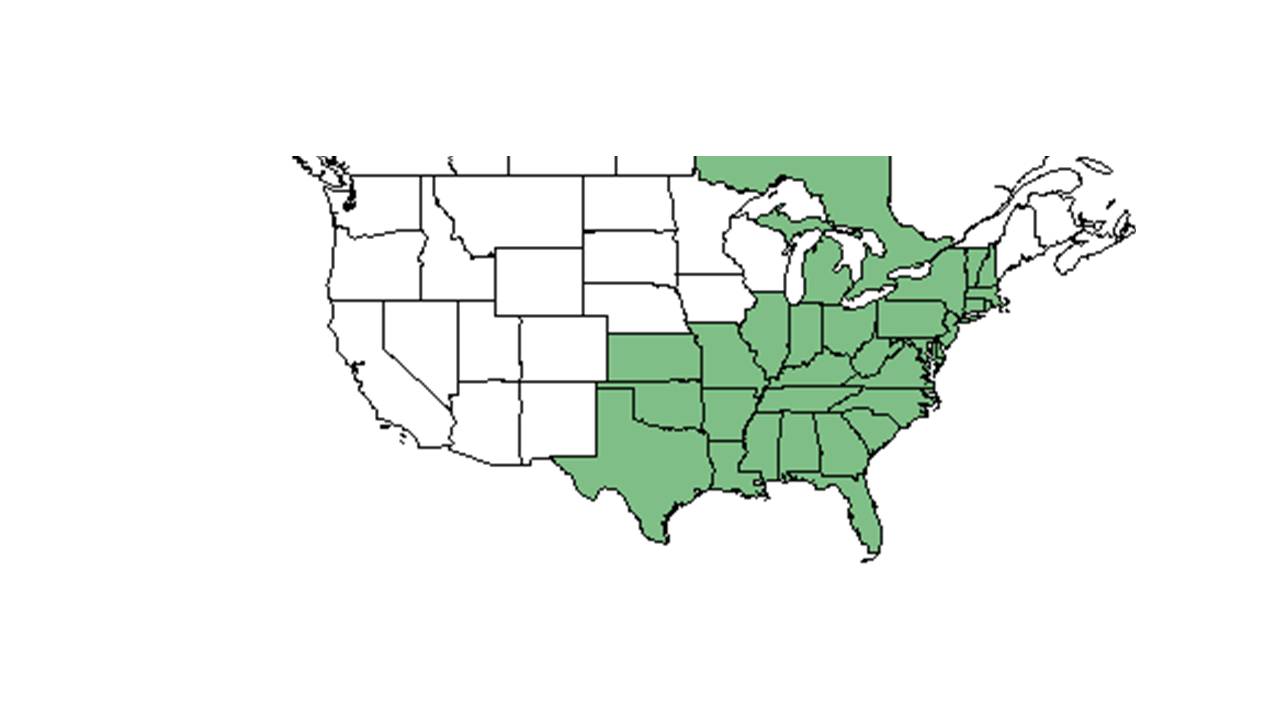Difference between revisions of "Desmodium rotundifolium"
| Line 34: | Line 34: | ||
===Seed bank and germination=== | ===Seed bank and germination=== | ||
===Fire ecology=== <!--Fire tolerance, fire dependence, adaptive fire responses--> | ===Fire ecology=== <!--Fire tolerance, fire dependence, adaptive fire responses--> | ||
| + | Becomes more robust in response to fire (FSU Herbarium). | ||
| + | |||
===Pollination=== | ===Pollination=== | ||
===Use by animals=== <!--Herbivory, granivory, insect hosting, etc.--> | ===Use by animals=== <!--Herbivory, granivory, insect hosting, etc.--> | ||
Revision as of 20:41, 12 July 2015
| Desmodium rotundifolium | |
|---|---|
Error creating thumbnail: Unable to save thumbnail to destination
| |
| Scientific classification | |
| Kingdom: | Plantae |
| Division: | Magnoliophyta - Flowering plants |
| Class: | Magnoliopsida – Dicotyledons |
| Order: | Fabales |
| Family: | Fabaceae ⁄ Leguminosae |
| Genus: | Desmodium |
| Species: | D. rotundifolium |
| Binomial name | |
| Desmodium rotundifolium DC. | |

| |
| Natural range of Desmodium rotundifolium from USDA NRCS Plants Database. | |
Contents
Description
Common Name: Prostrate ticktrefoil
Flowers may be blue or light purple in northern states (FSU Herbarium). In southern areas, fresh corollas are rosy pink, then fading into a whitish color with age (FSU Herbarium). Creeping and trailing habit and prostrate(FSU Herbarium).
Distribution
Ecology
Habitat
Is found in mixed hardwoods including pines, oaks, and hickories (FSU Herbarium). Also found in lightly wooded hillsides, dry glacial drift, and open woods (FSU Herbarium). Requires shaded areas (FSU Herbarium). Is associated with drying sandy loam soil types (FSU Herbarium).
Phenology
Has been observed flowering from August through October and fruiting in September (FSU Herbarium).
Seed dispersal
Seed bank and germination
Fire ecology
Becomes more robust in response to fire (FSU Herbarium).